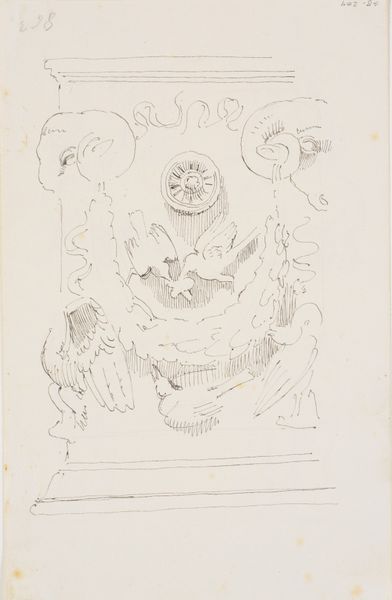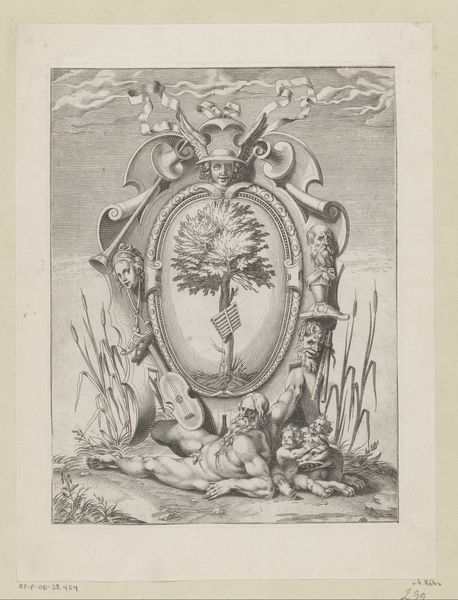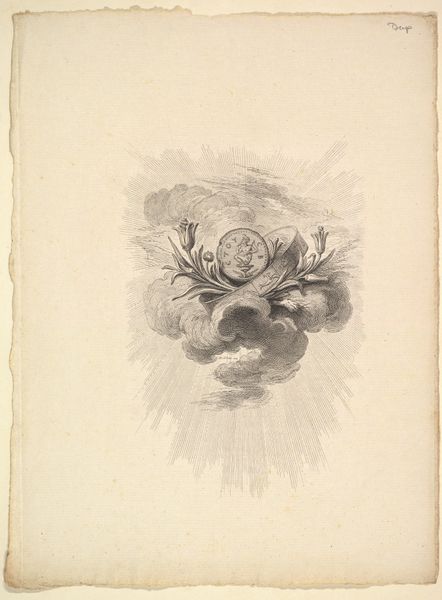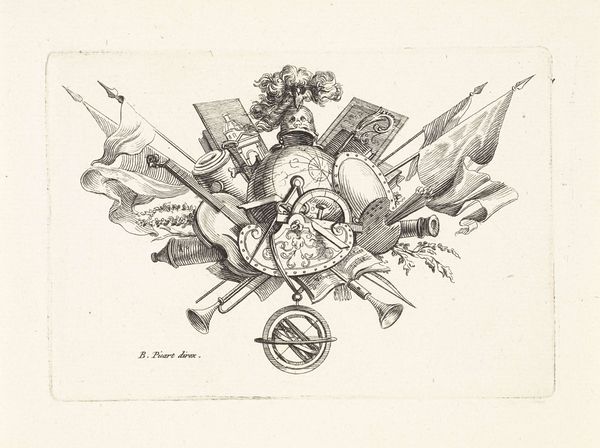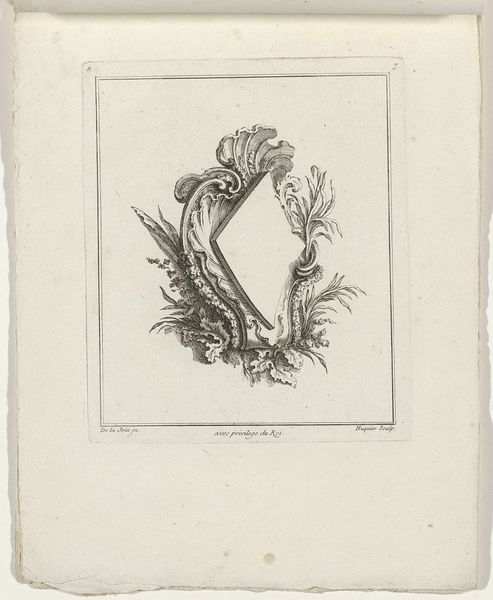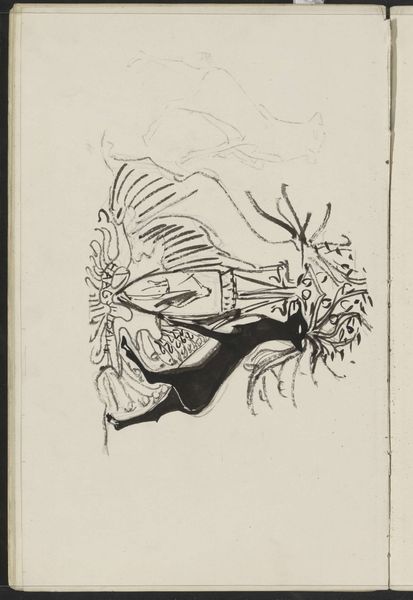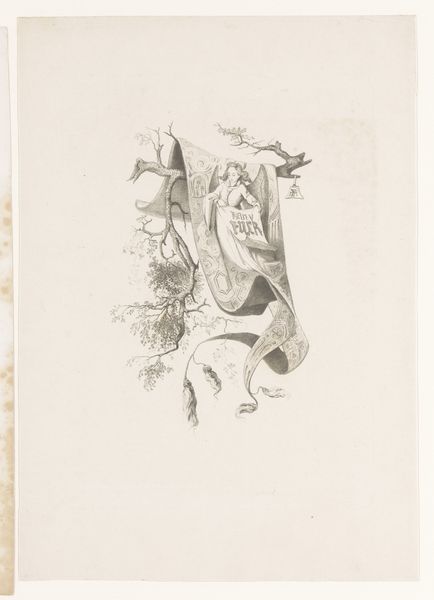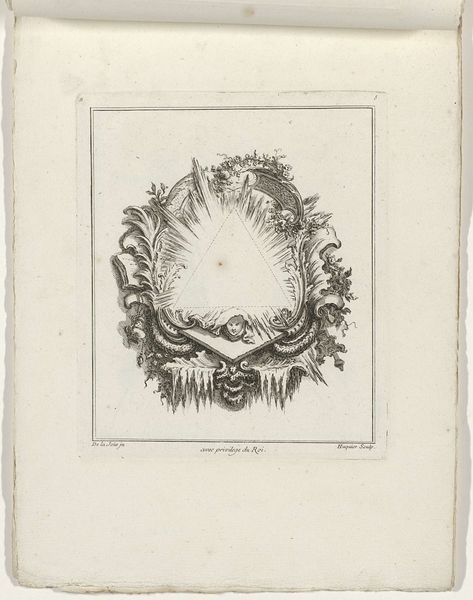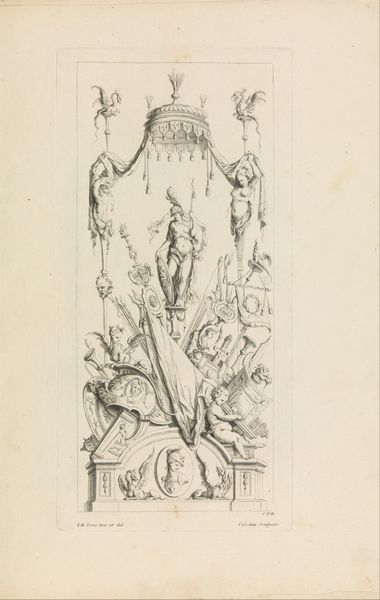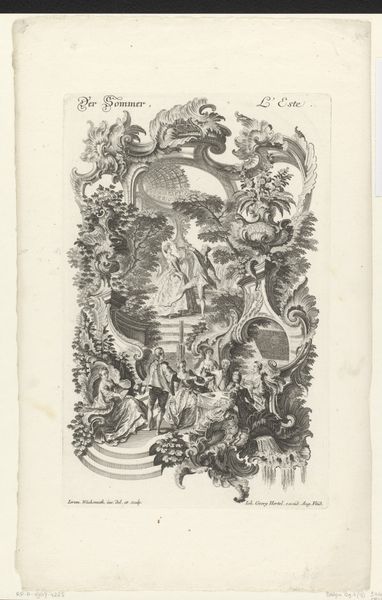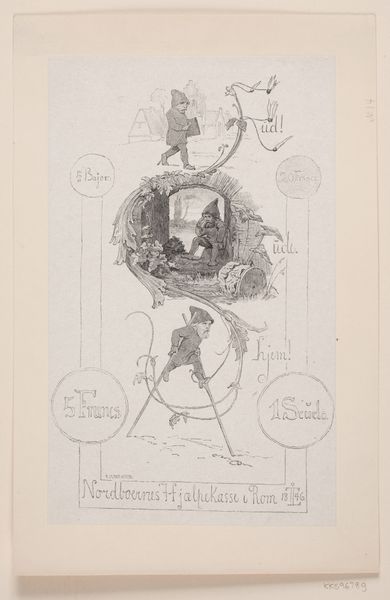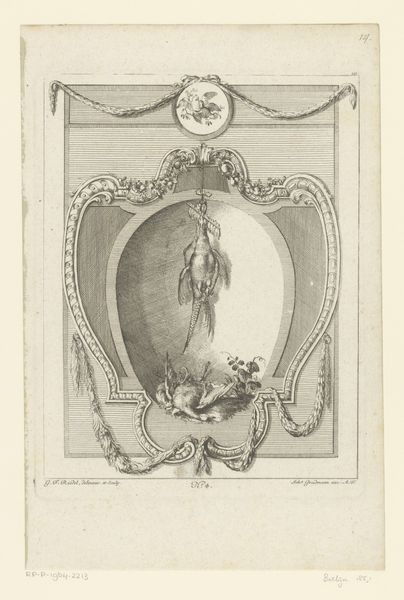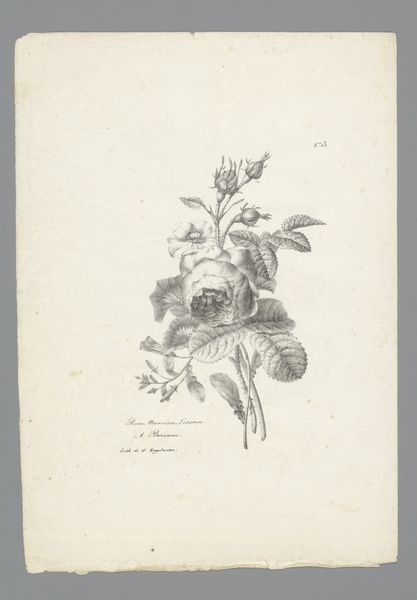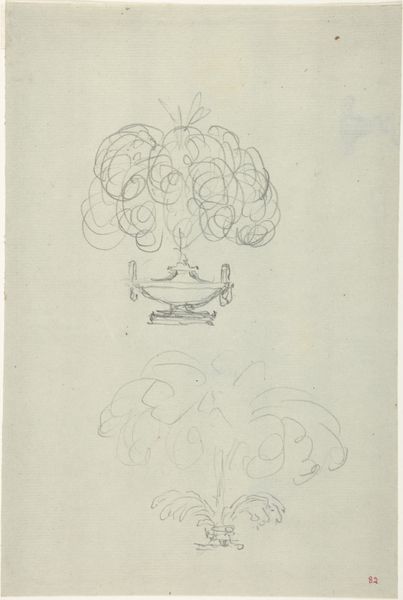
drawing, print, relief, pencil
#
drawing
#
medieval
# print
#
pencil sketch
#
relief
#
form
#
pencil
Dimensions: sheet: 12 3/8 x 9 15/16 in. (31.4 x 25.2 cm)
Copyright: Public Domain
Curator: This pencil sketch captures a boss—a decorative, often symbolic, element—from the Chapter House in York, dating back to 1886. Editor: Intensely melancholic, isn't it? A sort of disembodied face emerging from the stone, like a repressed memory. The delicate pencil work hints at a deeper, almost hidden narrative. Curator: Indeed. Think about the material itself: this stone boss, a carved relief, was part of a much larger architectural narrative. Craftspeople shaped and positioned it within a sacred space for a particular purpose and audience. And the original site—a room designed for monks to pray together in Medieval York—was made from limestone taken from quarries dotted around Yorkshire. Editor: Oh, absolutely! It gives a peek into a tangible human presence and past rituals of the space it once occupied. What do you make of the imagery around the face? Those leaves and what seem like bird wings on either side? Curator: A natural world brought in contact with sacred space: a common thread from this time period! I see nature melding with spirituality. Consider also the labor invested – the extraction, shaping, and placement by a skilled artisan within a rigid social framework of patrons and apprentices. Editor: You're right. This boss shows off the blending of natural forms—foliage and the suggestions of wings—and abstract human expression. I love that this rendering is pencil on paper—so far from the weighty original boss that inspired the copy. How might its original Medieval audience engage with this figure compared to us, viewing it now in reproduction in a gallery, or even more strangely, as a digital image? Curator: Exactly! That context, that haptic connection with the stone itself, alters the encounter so completely. For them, this form was both art and an emblem of established power dynamics within the monastery, embedded in its place. I suspect this image served a much different function than what the original carving was meant for, being closer to documentation and pattern-making for reproduction of the original! Editor: Well, pondering its multiple existences – as concept, object, drawing, image – does expand our view of how art both reflects and embodies the passage of time. I can’t help but feel a pang for that long-gone craftsperson. Curator: A worthy point – someone carefully trying to recreate their work, or the work of another artisan—offering us today a fragile link to this boss's intriguing history.
Comments
No comments
Be the first to comment and join the conversation on the ultimate creative platform.
